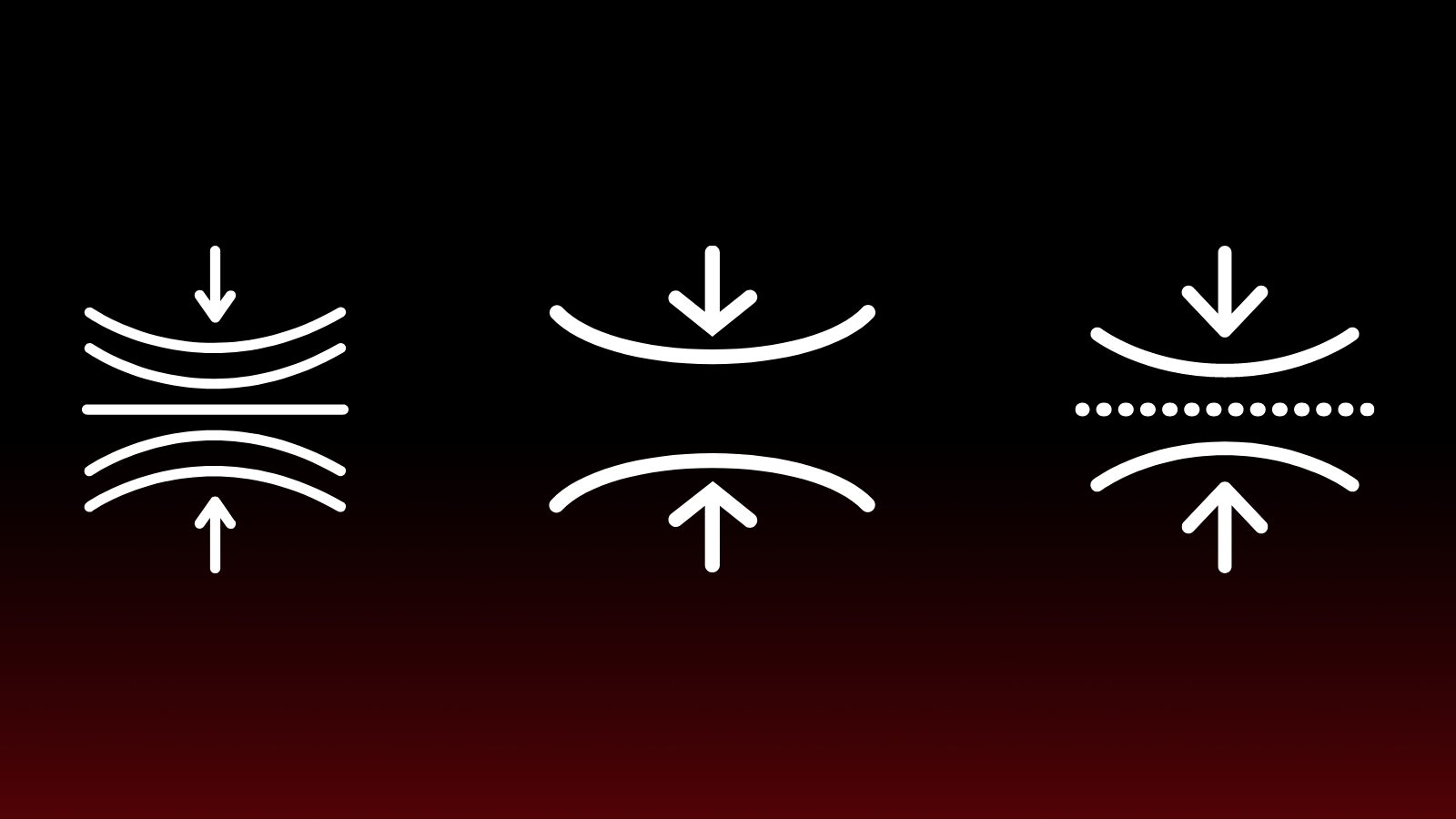- Published on
Chromium prototyping Zstd: What you need to know
- Authors

- Name
- Alex Lee
- @alexjoelee
1. Introduction
By reducing the size of files, compression algorithms help to save storage space and speed up data transmission. One such algorithm, which has been gaining traction due to its efficiency and speed, is Zstandard, commonly known as Zstd. This article will delve into what Zstd is, how it works, and why it should matter to you.
Just a little over a month ago in June of 2023, Chromium announced it's intent to prototype Zstd compression in it's browsers. Chromium is the upstream software which powers the most popular browsers, such as Microsoft Edge and Google Chrome. See the conversation here: https://groups.google.com/a/chromium.org/g/blink-dev/c/GDsI0Hw-jYk?pli=1  Google group post titled "Intent to Protoype: Zstd Content-Encoding" from Nidhi Jaju
Google group post titled "Intent to Protoype: Zstd Content-Encoding" from Nidhi Jaju
2. Understanding Zstd
Zstandard, or Zstd, is a lossless data compression algorithm developed by Yann Collet at Facebook. Lossless compression means that while the algorithm reduces the size of the data, no information is lost in the process, and the original data can be perfectly reconstructed from the compressed data.
Zstd works by finding and eliminating redundancy in the data. It uses a combination of traditional compression techniques and modern methods to deliver high compression ratios at impressive speeds. One of the key features of Zstd is its flexibility. It offers a wide range of compression levels, allowing users to choose the best balance between compression speed, decompression speed, and compression ratio for their specific use case.
In essence, Zstd is a powerful tool in the data compression toolbox, offering an excellent blend of speed and efficiency. In the next sections, we'll delve deeper into the benefits of Zstd, how it compares to other compression algorithms, and how to use it effectively.
3. Benefits of Zstd
Zstd offers several advantages that make it a compelling choice for data compression. Here are some key benefits:
High Compression Ratios: Zstd delivers impressive compression ratios, which means it can significantly reduce file sizes. This is particularly beneficial when dealing with large files or datasets, as it can lead to substantial savings in storage space and improvements in data transfer speed.
Fast Compression and Decompression: Zstd is designed for speed. It compresses and decompresses data much faster than many traditional compression algorithms. This can lead to improved performance in applications where compression and decompression speed is critical.
Scalability: Zstd provides a wide range of compression levels, from fast, less compressed to slower, more compressed. This flexibility allows users to choose the best trade-off between compression speed, decompression speed, and compression ratio for their specific use case.
Strong Error Detection: Zstd includes robust error detection. This means it can reliably detect any corruption in the compressed data, helping to ensure the integrity of your data. 
4. Comparing Zstd with Other Compression Algorithms
To understand the value of Zstd, it's helpful to compare it to other popular compression algorithms, such as gzip, bzip2, and LZ4.
Compared to gzip, Zstd offers significantly faster compression and decompression speeds and higher compression ratios at similar levels. This makes Zstd a more efficient and versatile alternative for many applications.
When compared to bzip2, Zstd again excels in speed, both in compression and decompression, while providing comparable or better compression ratios. The high speed of Zstd can make a noticeable difference when dealing with large files.
Zstandard (Zstd) and **Brotli **are both powerful, modern compression algorithms, but they each have their own strengths. Brotli, developed by Google, typically offers slightly better compression ratios than Zstd, making it particularly effective for compressing web assets for faster transmission over the internet. However, Zstd generally outperforms Brotli in terms of speed, especially at higher compression levels, making it more efficient for on-the-fly compression and decompression tasks. Furthermore, Zstd's broader range of compression levels provides more flexibility to balance speed and compression ratio based on the specific needs of a task. Therefore, while Brotli may be a preferred choice for specific web use cases, Zstd's speed and versatility make it a robust, all-around solution for a wide range of compression scenarios.
In conclusion, while the choice of compression algorithm ultimately depends on the specific requirements of the task at hand, Zstd's balance of speed and efficiency makes it a compelling choice in many scenarios. In the next section, we'll cover how to use Zstd effectively.
5. How to Use Zstd in your web app
Using Zstd for data compression and decompression depends on what you're using to host your application or website.
If you're using a modern web server like https://caddyserver.com/docs/install, then you can enable the built-in Zstd compression with a couple lines in your config.
If you're using Nginx, there are open-source modules which you can compile yourself and implement: https://github.com/tokers/zstd-nginx-module
There are countless different software implentations of the Zstd library. To get started and learn more, we recommend reading on their official website: http://facebook.github.io/zstd/
6. Conclusion
In an era where data is growing exponentially, efficient data compression algorithms like Zstd are invaluable. Zstd offers a powerful combination of speed, high compression ratios, and flexibility, making it an excellent choice for a wide range of applications. Whether you're dealing with large datasets, striving for faster data transmission, or trying to save storage space, Zstd has a lot to offer. So, next time you're facing a data compression task, give Zstd a try. You might be pleasantly surprised by the results.